|
What a great few weeks its been. It was a lovely to take a deeper look at phonics and it brought me back to my past life as a teacher! We looked at early readers, ideas for the youngest readers on phonemic awareness, unpacked some of the basics of phonics with Ms Karishma Nichlani and stirred up ideas for DIY activities at home with Ms Karishma Mehta! There are 26 letters of the alphabet but they make 44 sounds. Phonics is a way of teaching children how to read and write. It helps children hear, identify and use different sounds that distinguish one word from another in the English language.Phonics involves matching the sounds of spoken English with individual letters or groups of letters. For example, the sound k can be spelled as c, k, ck or ch. Frequent opportunities for children to apply what they are learning about letters and sounds to the reading of words, sentences, and stories Most poor readers tend to rely so heavily on one reading strategy, such as the use of context and picture clues, that they exclude other strategies that might be more appropriate. To become skilled, fluent readers, children need to have a repertoire of strategies to draw on. These strategies include using a knowledge of sound-spelling relationships — in other words, an understanding of phonics. In addition, research has shown that skilled readers attend to almost every word in a sentence and process the letters that compose each of these words. Therefore, phonics instruction plays a key role in helping students comprehend text. It helps the student map sounds onto spellings, thus enabling them to decode words. Decoding words aids in the development of word recognition, which in turn increases reading fluency. Reading fluency improves reading comprehension because as students are no longer struggling with decoding words, they can concentrate on making meaning from the text. In addition, phonics instruction improves spelling ability because it emphasizes spelling patterns that become familiar from reading. Studies show that half of all English words can be spelled with phonics rules that relate to one letter to one sound. Pre-phonics Skills to develop at home: All books, rather, ANY book is great to read with your little one! There are some that I particularly find worthy of doing as pre-reading skills- I try to look for books with 3R’s- rhyme, rhythm and repetition. I have seen that having one or all of components in the stories you read helps your child pick up new words, sounds, phrases and sentence structure with ease. Ms Karishma Mehta also suggested some lovely activities to do at home : click here Early Readers - schools will often subscribe graduated reading programme Early readers – also referred to as first readers – are stepping stones from picture books and reading scheme books to longer chapter books. They're carefully developed to tell a great story, but in a format that children are able to read and enjoy by themselves, using familiar vocabulary and appealing illustrations. Devising an early reader isn’t an easy process, which is why publishing houses often work with best-selling children’s authors. . ‘An author can spend hours and hours on a sentence of just 10 words.’ There’s no precise science for developing an early reader, but publishers take into account children’s reading ability, vocabulary and use of grammar. Font type, size and layout are also important. ‘For example, for newly independent young readers, a page should finish at the end of a complete sentence, rather than the sentence continuing on the next page,’ @theschoolrun Gerald and Piggie Activities and guides included The Elephant and Piggie books are fun to read aloud to younger children who love the funny stories about the two friends. I recommend the books for ages 4-8 and especially beginning readers from 6-8 years old. Collins big cat whole-school reading programme that provides complete support for primary reading. Teaching resources to support developing and assessing key reading skills at all stages from early reading through to phonics, to guided, whole-class and independent reading for more confident readers. Rigby star Foundation Stage up to Grade 2 (3-7 year olds), multi-layered, rich fiction and non-fiction titles, learning guides and assessment trackers are also provided I can Read I Can Read! books are organized into color-coded levels. With hundreds of titles featuring award-winning authors and illustrators, and the most beloved character friends in the history of children’s literature, This level is just right for readers who are beginning to sound out words and sentences. Books on this level, like Danny and the Dinosaur, are written with simple sentences using familiar words. Many of the books at this level are filled with animal characters that have wonderful adventures! The vocabulary is just challenging enough to stay interesting. Children looking for favorite characters at this level will find the Berenstain Bears, Pinkalicious, and more. Oxford Reading Tree millions of children around the world learn to read with the guidance of this program. They have more than 800 books at their disposal. Orion Early Readers Over 4 million copies of the Orion Early Reader series have been sold. Packed with illustrations, they're stepping stones from picture books to reading books for children to read independently and come in two stages: Blue (to be read with an adult) and Red (a more advanced text for children to read alone when they're ready) Ladybird Read it Yourself a levelled reading book series (70 books, 4 levels). As well as classic fairy tales and adapsted Beatrix potter stories you can choose from modern stories and favourite characters (Charlie and Lola, Moshi Monsters) for your child. An app and eBook versions are also available. DC Super Friends Perfect for children who are beginning to recognise words and short sentences, DC Super Friends is a Random House colour first reader series based around superheroes like Batman and Superman. Here are the questions that Ms Karishma walked us through during the live IG!
What is phonics? At what age do children start learning phonics at schools, by and large? Can you explain phonics terminology? Digraph Blend Segmenting tricky words/ High frequency words, sight words Structure of phonics lesson What is the link between phonics and reading? How can we incorporate phonics in daily life as parents? Thanks so much and special shout-out to both the Karishma's! :)
1 Comment
9/23/2022 04:00:21 am
I am glad you mentioned how phonics instruction is a key part of helping kids read and comprehend text. My sister wants to make sure her daughter learns how to read properly to help her succeed in school. I think it would be really beneficial for my niece to participate in an online phonics learning course.
Reply
Leave a Reply. |
Categories
All
Archives
January 2024
Categories
All
|
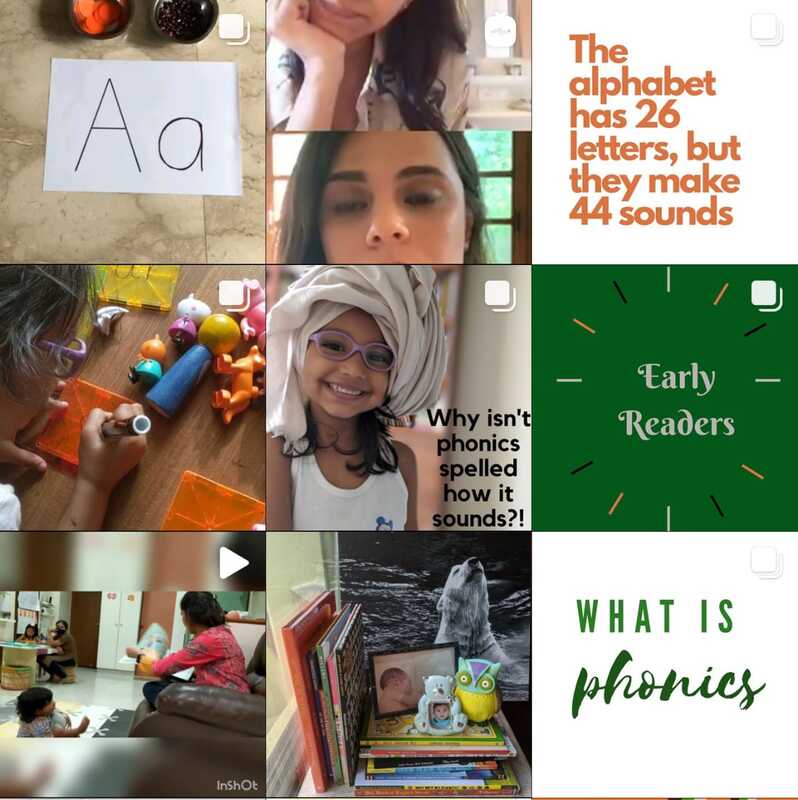
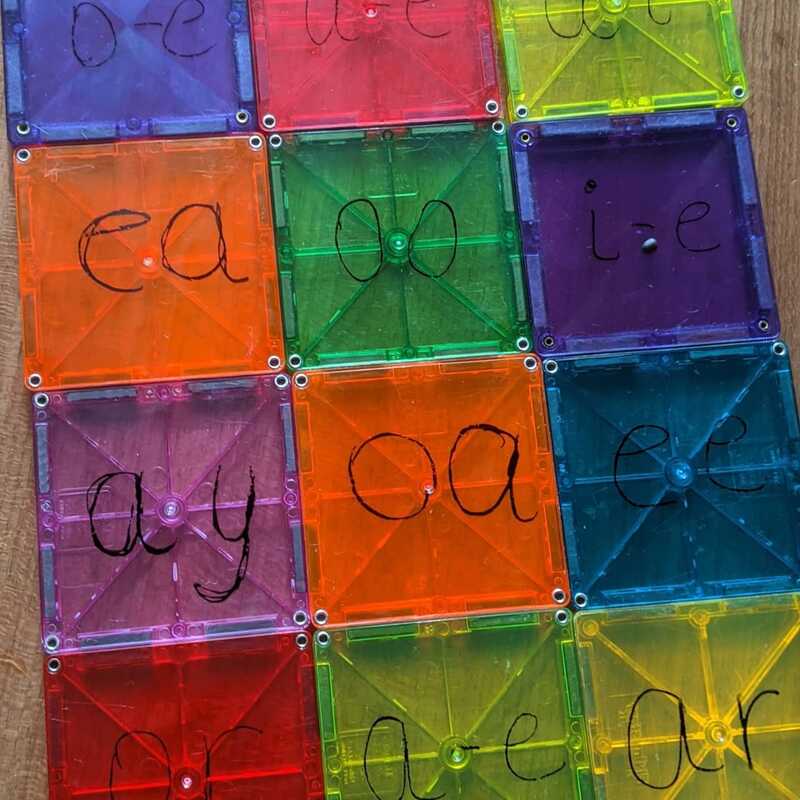

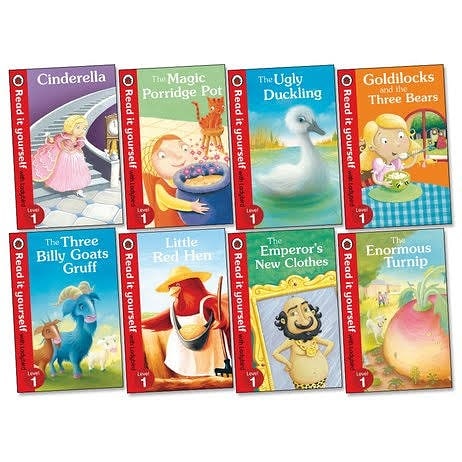
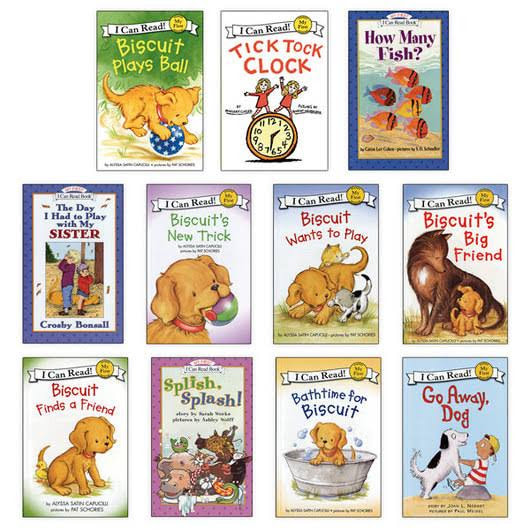
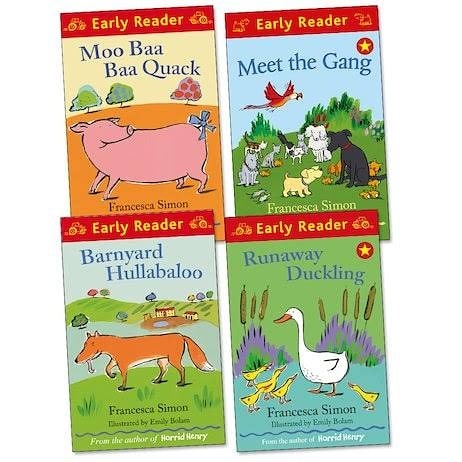
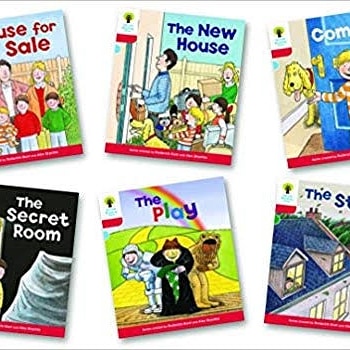
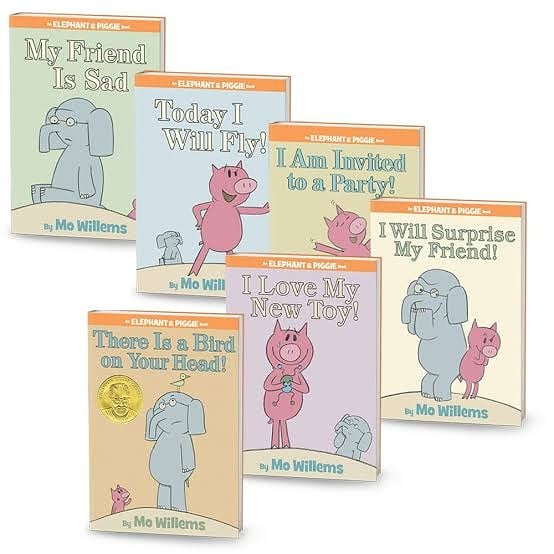
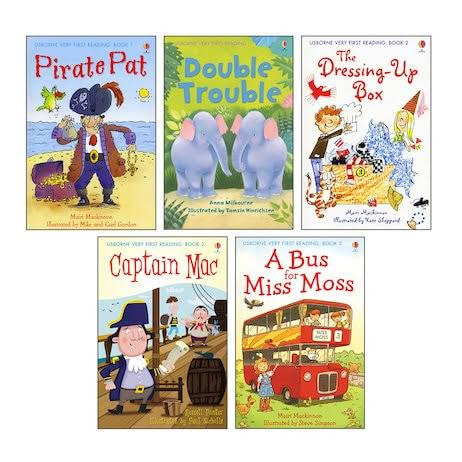
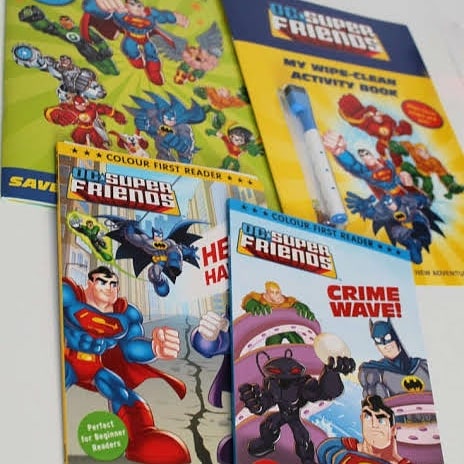

 RSS Feed
RSS Feed
